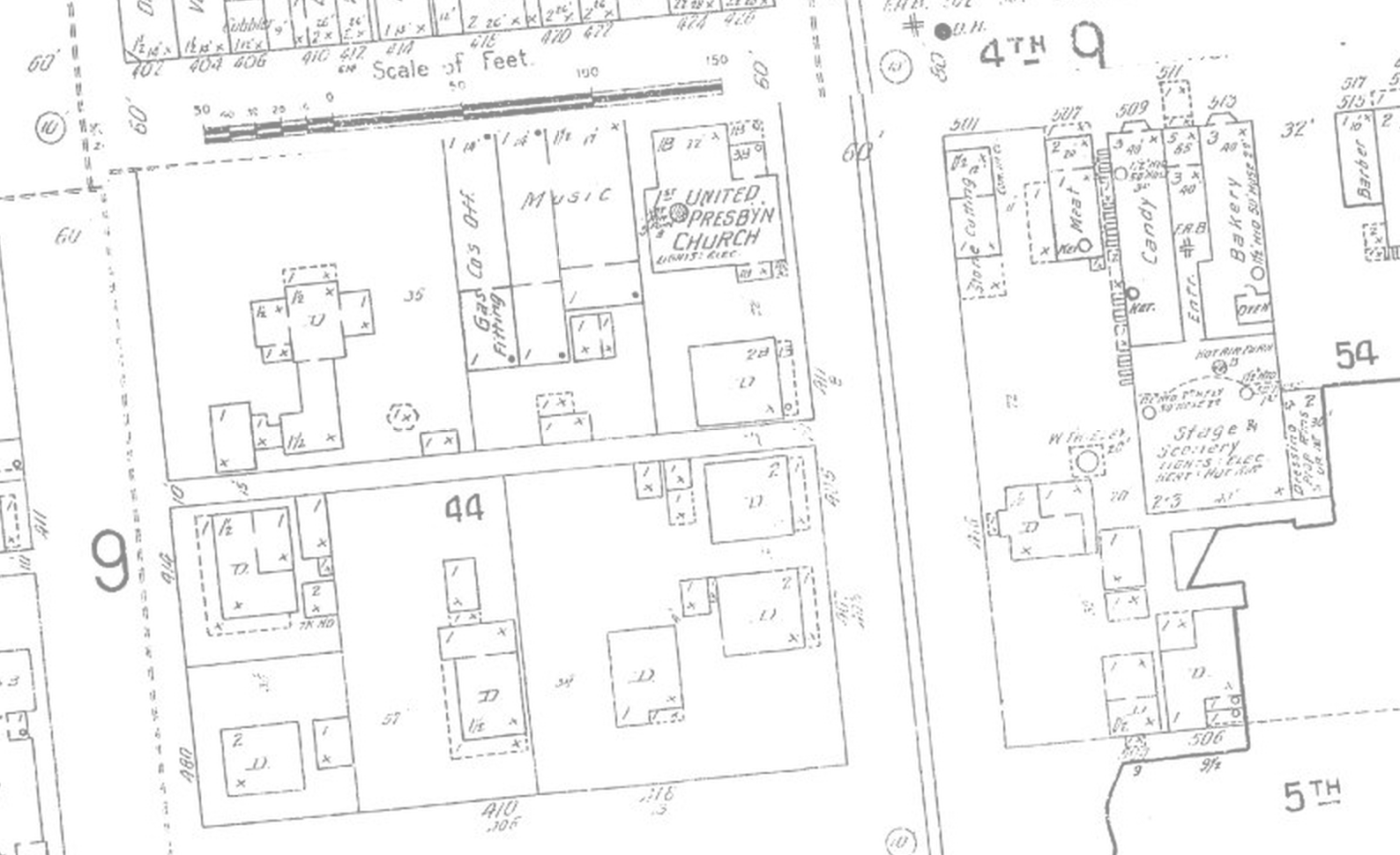No one seems to have noticed, but the state house budget (this one written by Democrats) puts the State Capitol Museum on the chopping block. Neither the senate budget nor the governor’s puts the museum to the ax.
This isn’t what I’d consider to be our local museum, that would be the Bigelow House. But, it is the most prominent museum in our city. And, so at least one part of the state government wants to close it.
But, I’m wondering how much I should care about that.
Mostly because it is for one Olympia and not the other. The museum is for Olympia-as-state-capitol and not as Olympia-as-community.
Obviously there are overlaps. There are people who live here that have had a significant impact on state government simply because they lived here. But, that isn’t what Olympia is, mostly.
And, so, this is whey I expect in Olympia, we’re not going to complain very much if they end up closing the museum down. It simply speaks too narrowly to our history and culture here.
Yes, the Lord Mansion is very pretty. And, it would be a shame to cut off public access to it. I remember biking over there when I was a kid in the summer, just to walk around. But, the museum now doesn’t speak to me much.
The best part of the museum is its small community room, the Carriage House. At least for me it is. Its the only part of the State Capitol Museum I’ve been to in the last 10 years, because it is where local historians hold talks.
But, those talks probably still might take place there. The house budget calls for the building to be passed over to another part of the state government, which leads me to believe it’ll still be available for rent.
The last thing that amazes me is the incredibly low budget line item we’re even talking about here. Apparently, the state provides only $242,000 a year to the state historical society to run the State Capitol Museum.
So really, is there a big reason that I’m missing that I would want to keep this incarnation of the museum open?







